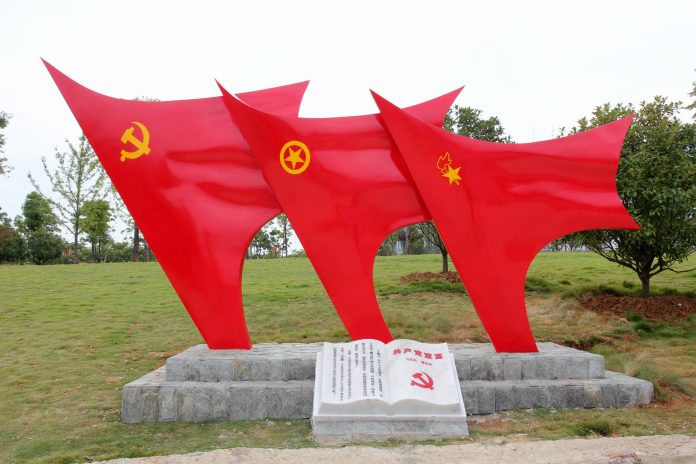What comes to your mind when you hear the name China? Most of us will say that it is communism. The People’s Republic of China or China, being the populous country in the world becomes the newsmaker of the previous year as it is the place of origin of the covid-19. China is witnessing an enormous rate of increase in Red Tourism when the Chinese Communist Party is nearing its centennial celebration.
Red Tourism in China refers to visiting places related to modern revolutions which are of cultural and historical importance to the ruling party. The country has launched Red Tourism in 2004 and the government has become an ardent supporter of tourism in 2005. Red tourism like all other tourism boosts the economic growth of the country. The aim of China promoting Red Tourism is to make the public aware of the birth and the history of the ruling party.
The prominent places which see a rise in tourists are Zhejiang’s Nanhu Lake where the party on a boat conducted its First National Congress back in 1921, and then the birthplace of Mao i.e., Shaoshan. These sites become important destinations in the tourism industry of the country. Red tourism helps to regain the country’s economic growth amidst the covid-19 crisis. Red tourism aims to infuse communist party ideology in the minds of the public by increasing awareness of sacrifices made by the ruling party.
Some of the best places which are gaining more popularity as of Red Tourism are Yan’an, the birthplace of revolution or revolutionary place of Mao Zedong, and the area where the Red Army had arrived after the Long March. The place where Mao was born, the area where the first rural base revolution initiated in 1927 i.e., Jinggangshan, places of early wars, and the escape of Mao are part of Red Tourism. Most of these tourist sites are preferred by the young population who are interested to learn the history of the country. Tourism has made use of AI and virtual reality which also enhances the attention of youth to these sites. It is reported that 40% of the tourists who visit sites of Red Tourism belong to the age group 21-30.
China has spent around $370 million on Red Tourism between the years 2016 to 2020. In 2018, people spent on red sites accounted for 10% of the domestic tourism spending, and in 2019 around 1.4 million tourists arrived on red sites and thus created a boom in Red Tourism.
However, some of them argued that Red Tourism provides only a one-sided picture of the ruling party among the public by hiding its failures and misdeeds committed by rulers. Hence, it focuses only on promoting party ideology in the minds of people.
Follow and connect with us on Facebook, LinkedIn & Twitter

